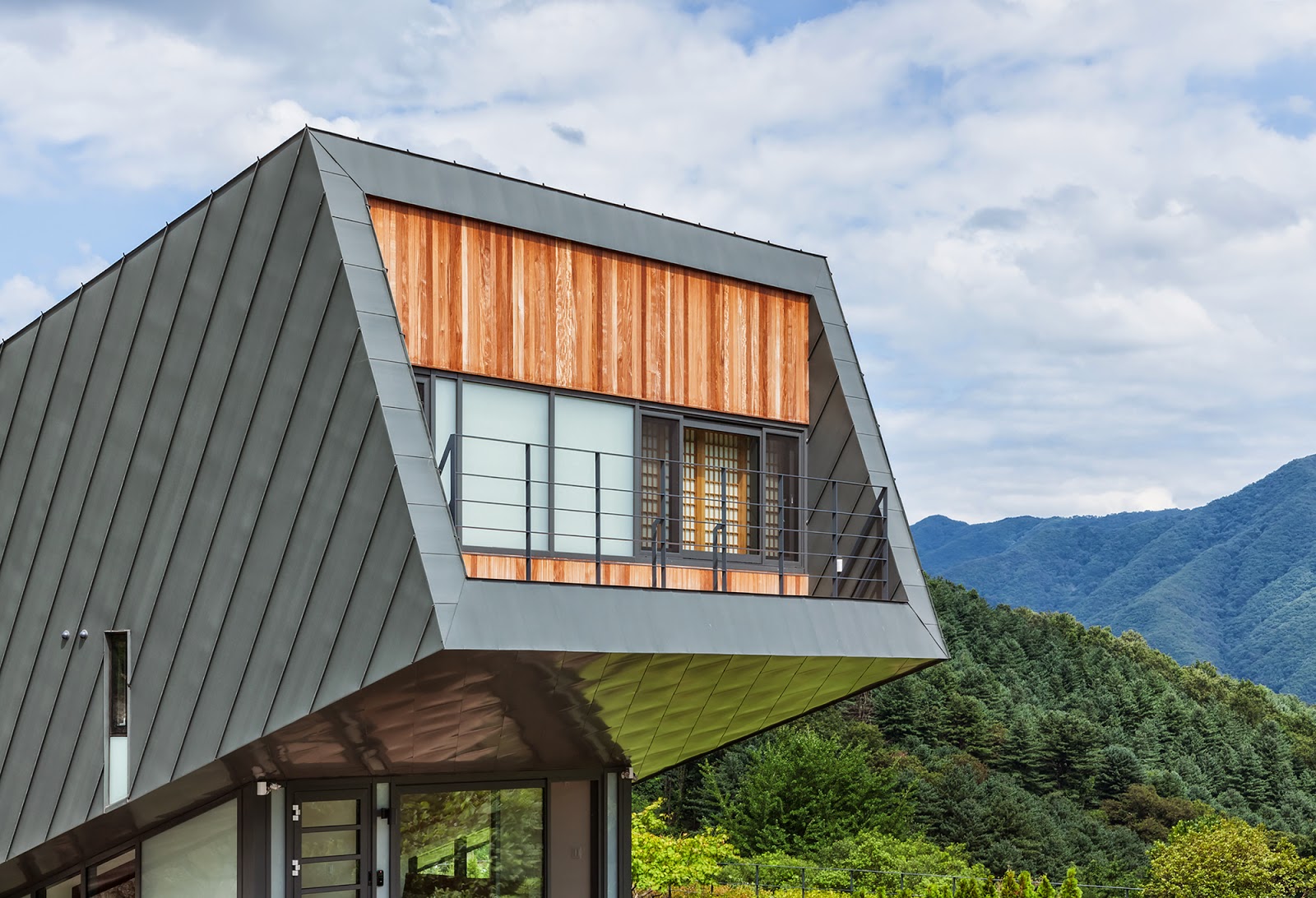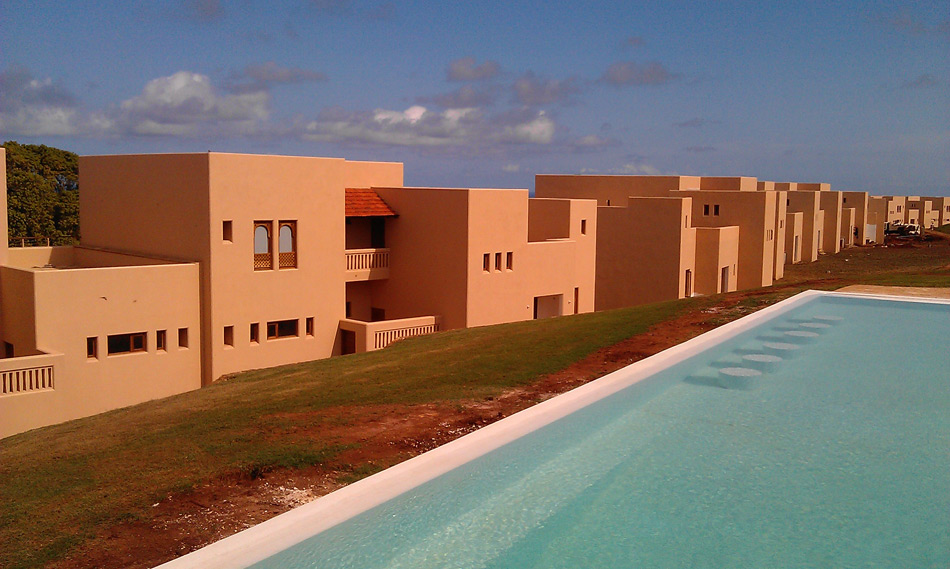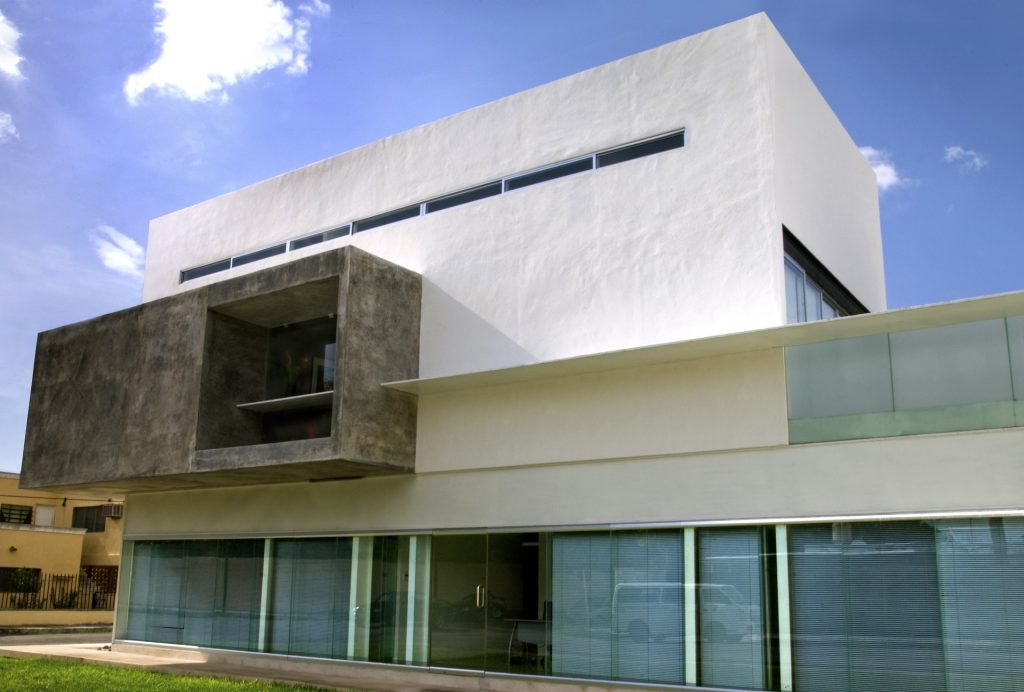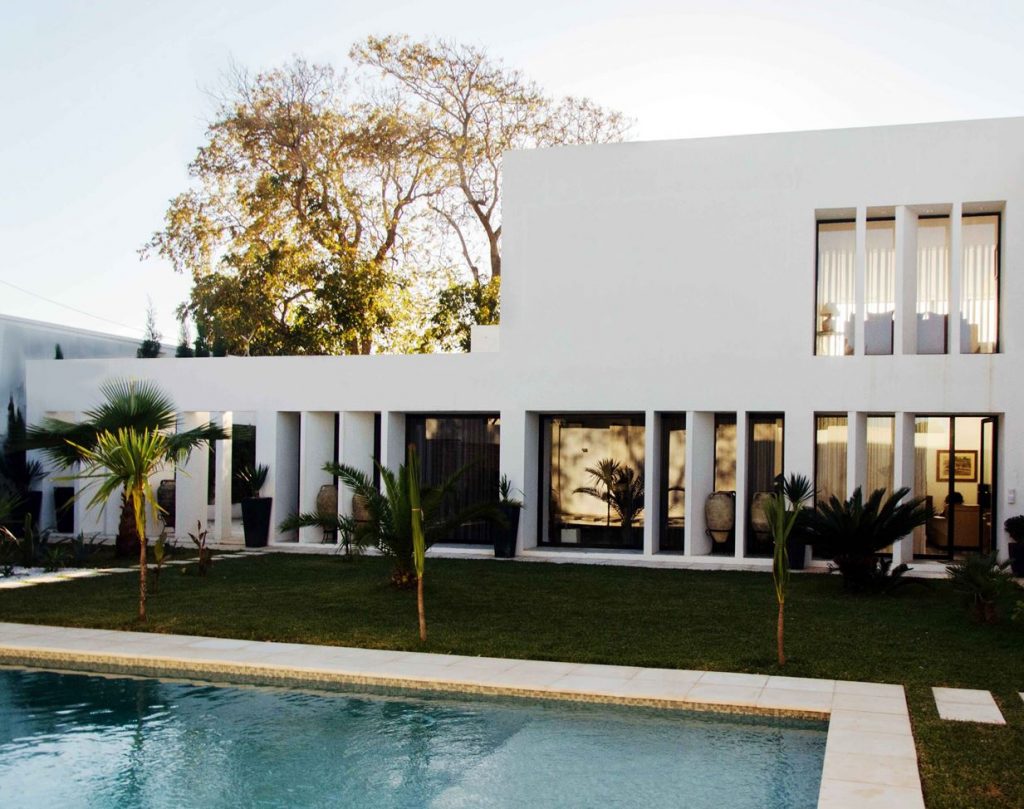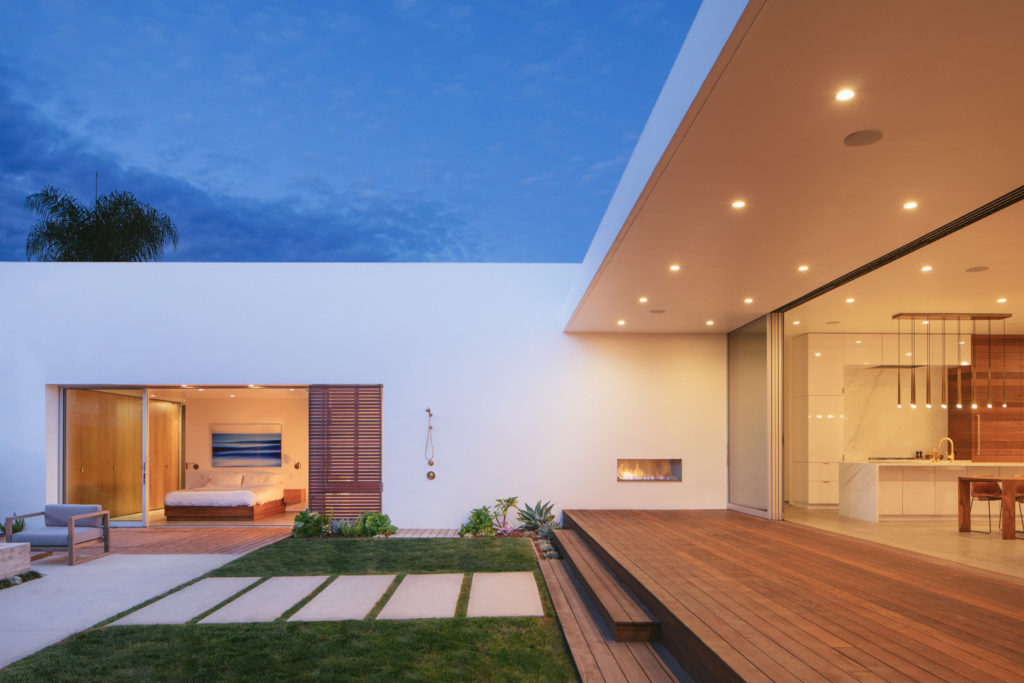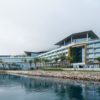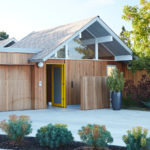What is your favorite season? Is it the crisp air of autumn, the warmth of spring, or the snow-covered ground in winter? If you answered “summer,” then beach life is meant for you.
Nothing’s more refreshing than the sound of seagulls, the smell of salt water, the cool sea breeze, and the grainy texture of all that sand! It just sounds so perfect. But, if you’re planning to build a coastal home, you better be careful with the siding you choose. It can make or break your dream house. That said, here are the most crucial exterior options you must consider when designing your beach home.
What is Siding, and Why is it Important?
Siding, also known as wall cladding, is the exterior protective material attached to the sides of a house. It’s an important feature that defines a home from the outside while safeguarding the inside. Siding comes in all forms, shapes, and sizes. Finding a suitable material is crucial to protect your house against the weather, moisture, temperature changes, insects, mold, and other things that might destroy it.
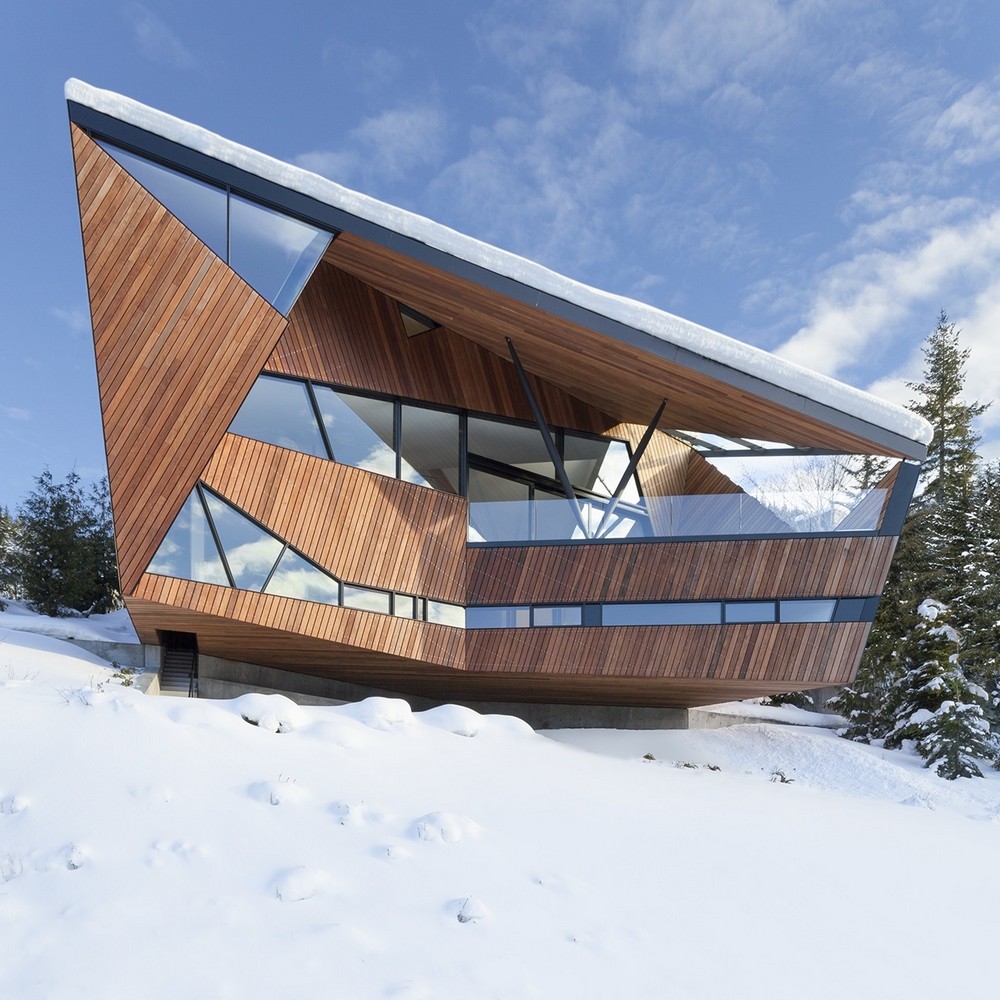
Siding Considerations for a Beachfront Property
A coastal home is subject to moisture, salt, strong winds, and even vicious storms. That’s why you must choose a type of siding that can handle these adversaries. Some things to consider include:
- Choose a water-resistant siding. This will protect the exterior of your house from the elements like salt water and wind.
- Be wary of corrosion. Saltwater is more potent than freshwater when it comes to wearing down a siding. Experts advise choosing a specially-treated material that can better withstand such conditions.
- The soil composition. Most coastal homes must contend with sand, which can affect the stability of the house. You will have to consider how your building’s structure will support the weight of your chosen siding material.
- Make sure your siding is rated to withstand hurricanes. If not, consider reinforcing yours with hurricane clips on top of nails or screws to hold against powerful winds and high waves. You’ll need to consult with your general contractor to ensure that the material you use complies with any hurricane building code mandates.
- Pick an exterior that isn’t hard to maintain. It’s no secret your siding will be battered and bruised by the sea elements. You’ll want something that won’t strain your wallet when it’s time to make repairs.
Of course, there’s no perfect siding type. You’re going to have to make compromises, one way or another. But, don’t worry! This post will teach you about each material’s strengths and weaknesses, so you know what trade-offs you’ll be making.
1. Fiber Cement Siding
Every siding type has its disadvantages, but it’s safe to say that fiber cement or Hardie board features minor cons when handling the challenges of the sea. Manufactured from a mixture of sand, cellulose fibers, and cement, this material is best used for coastal areas or wet climates. Why?
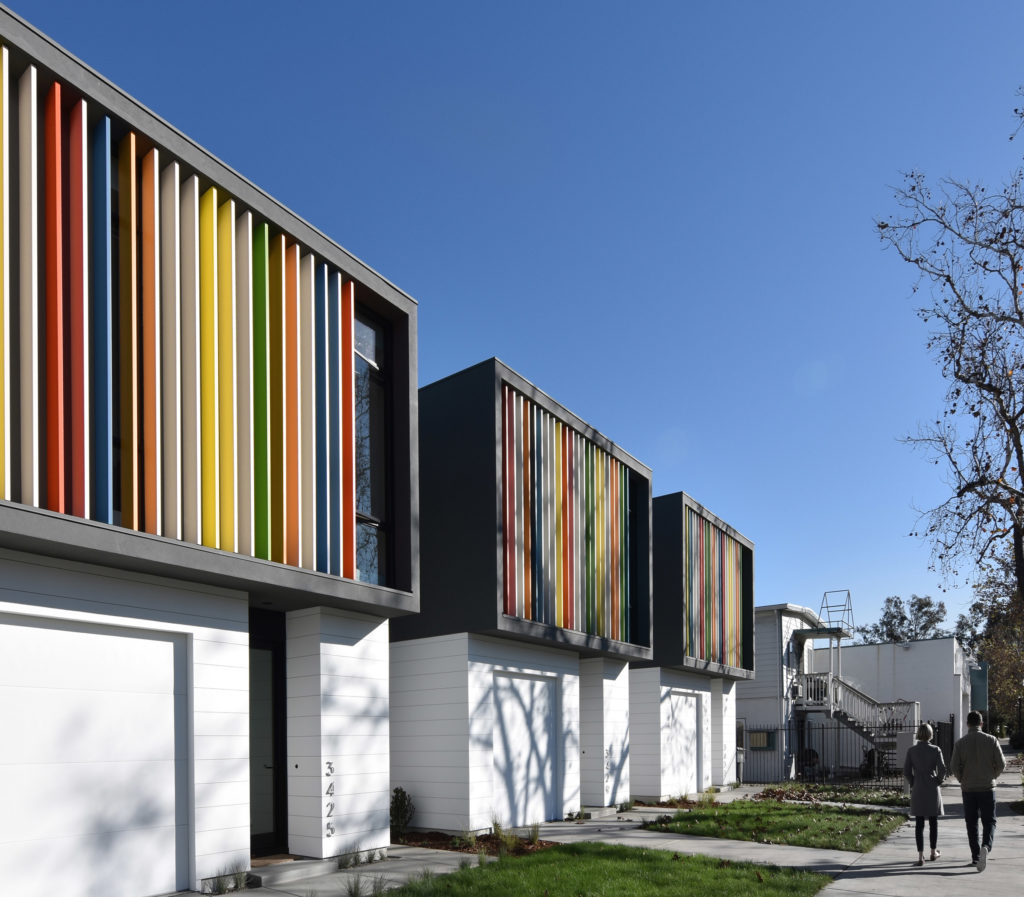
- It doesn’t absorb moisture as much as wood or vinyl panels do.
- It comes in various shades, cuts, and texture that replicate traditional wood siding options.
- It doesn’t rot, warp, swell, or fade in the sun as other materials might over time.
- Hardie board is incredibly long-lasting. It’s durable enough to withstand strong winds, massive waves, and everything else the harsh coastal environment throws at it.
- To top it all off, the material itself is pretty affordable compared with other siding counterparts. It costs about $5.00 – $11.00 per sq. ft. uninstalled.
But, Hardie board doesn’t come without flaws. As for cons, you’ll have to consider:
- The cost of professional contractors as the panels are heavy and require expertise to install.
- That vinyl siding beats its insulation value by a margin of 0.11.
- Lastly, it’s still more expensive than the market-dominant vinyl. Your budget will play a significant factor in making a decision.
2. Vinyl Siding
Vinyl siding is a popular choice for many beach house owners. It’s the most widely used siding throughout the country. Contrary to fiber cement which is made from organic ingredients, vinyl is purely synthetic. Manufacturers produce it from a polymer called polyvinyl chloride. What makes it great?

- It’s cheap! Way cheaper than most materials in the market with an average cost of around $3.00 – $6.00 per sq. ft. uninstalled.
- You can even reduce the price further because vinyl can be installed DIY as long as you’re willing to put in the work.
- Vinyl comes in multiple color options to match your vision.
- As it’s made from plastic, the material is pretty much waterproof.
On the downside, you might want to reconsider getting this siding because:
- It tends to fade faster than others, and repainting vinyl is often more expensive than getting new panels.
- It breaks more easily. Yes, it might take years for this to happen, but don’t expect vinyl to last for half a century, especially when exposed to the harsh environment of the coast.
- You know how plastic melts when burned, right? Fire is vinyl’s greatest weakness.
Knowing these disadvantages brings you to the following consideration:
Vertical vs. Horizontal Vinyl Siding Installation
So, you’ve decided to install vinyl because of its affordability and decent durability. But, the contractor asks you whether you want it done vertically or horizontally. What style should you choose?
- Generally, horizontal siding is more commonly used in urban neighborhoods. That’s because it’s cheaper and easier to install this way. People also prefer its clean, simple yet elegant façade. However, installing vinyl horizontally makes it susceptible to water damage.
- On the other hand, vertical vinyl siding is trending in coastal areas. Although it’s more time-consuming and expensive, it allows water to run off the material and reduces the adverse effects of rainfall. Some people also prefer its unconventional look that adds a certain flair to the exterior.
3. Brick and Stone Veneer
Among the others on this list, brick and stone are perhaps the most resistant siding materials against saltwater. Both have a timeless aesthetic and have been popular choices for sophisticated homes for centuries. However, you won’t see it as much in homes near the shoreline simply because of how expensive it is.
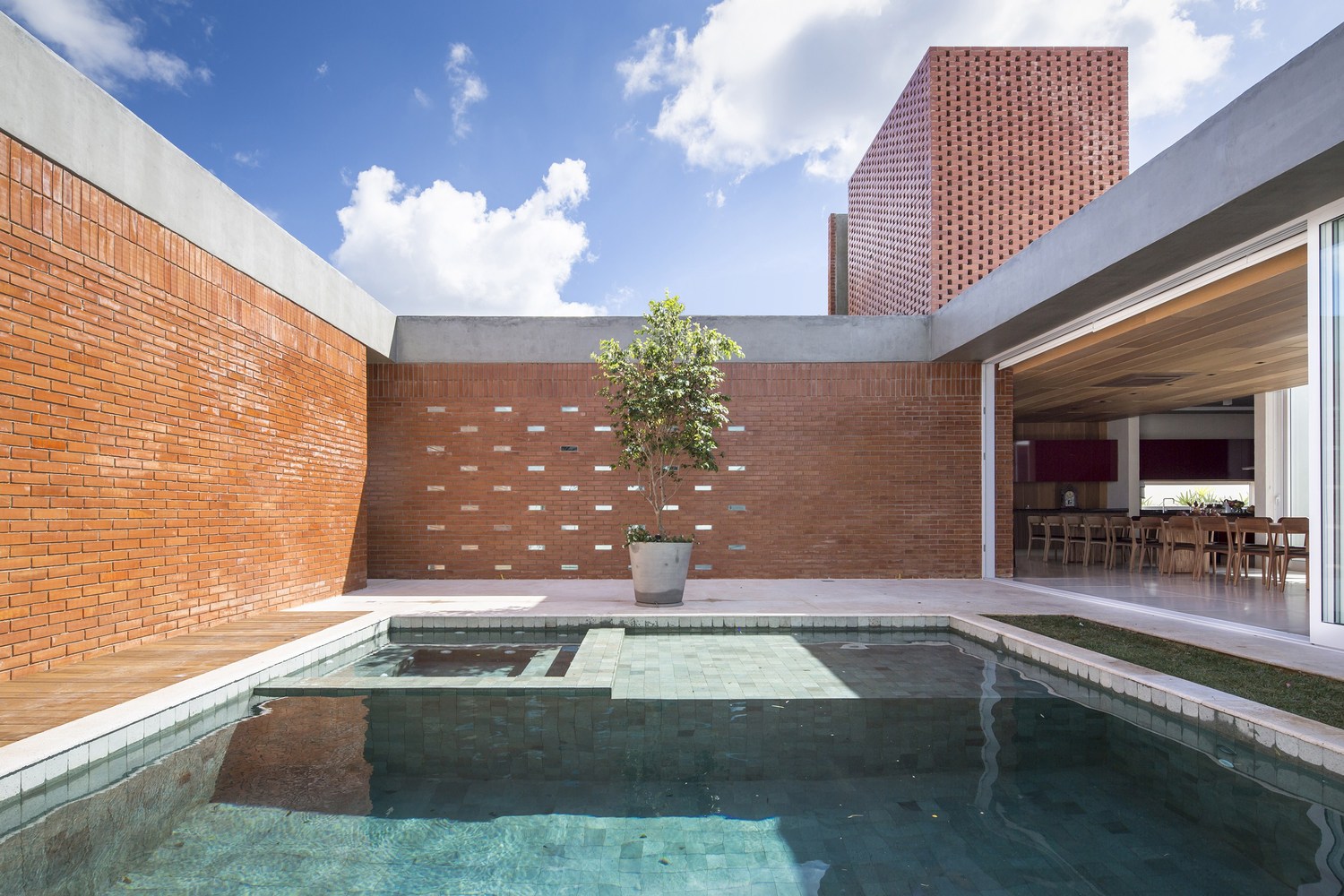
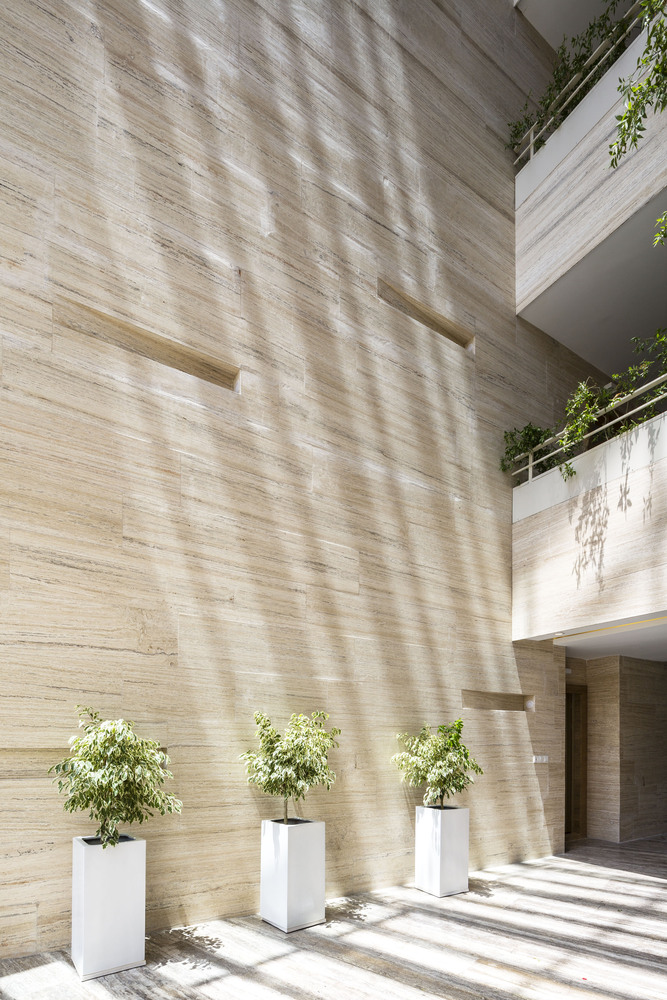
So, what are the benefits of using brick or stone veneer?
- It greatly enhances the curb appeal of your home and dramatically increases its value.
- You can trust that it’s sturdy enough to withstand strong winds from storms and hurricanes.
- It provides good insulation and strong protection against fire and heat.
- It doesn’t require much to maintain. Just clean and dust off the surface every once in a while.
For its disadvantages:
- On top of being pricey, you’ll also have to spend a lot on professional-quality installation.
- Prone to earthquakes. Even small tremors can cause parts of the materials to chip and crack.
- Constant exposure to saltwater will cause fading.
Brick and stone veneer are often used in resort and hotel applications in conjunction with other siding types. Despite the expensive price tag, it’s hard to disagree that the aesthetics of these materials are the most elegant and eye-catching among exterior cladding options.
4. Engineered Wood Siding
This option might come as surprising. After all, everyone knows that water and moisture are two of wood’s biggest adversaries. However, it only applies to traditional wood siding. With proper chemical treatments, you can use engineered wood for a coastal home without any worry. Surprisingly, this material is cheaper than its original wooden counterpart. A square foot only costs around $3.00 – $8.00 uninstalled. For a reasonable price, you can get beautiful aesthetics coupled with the capability to withstand coastal circumstances.
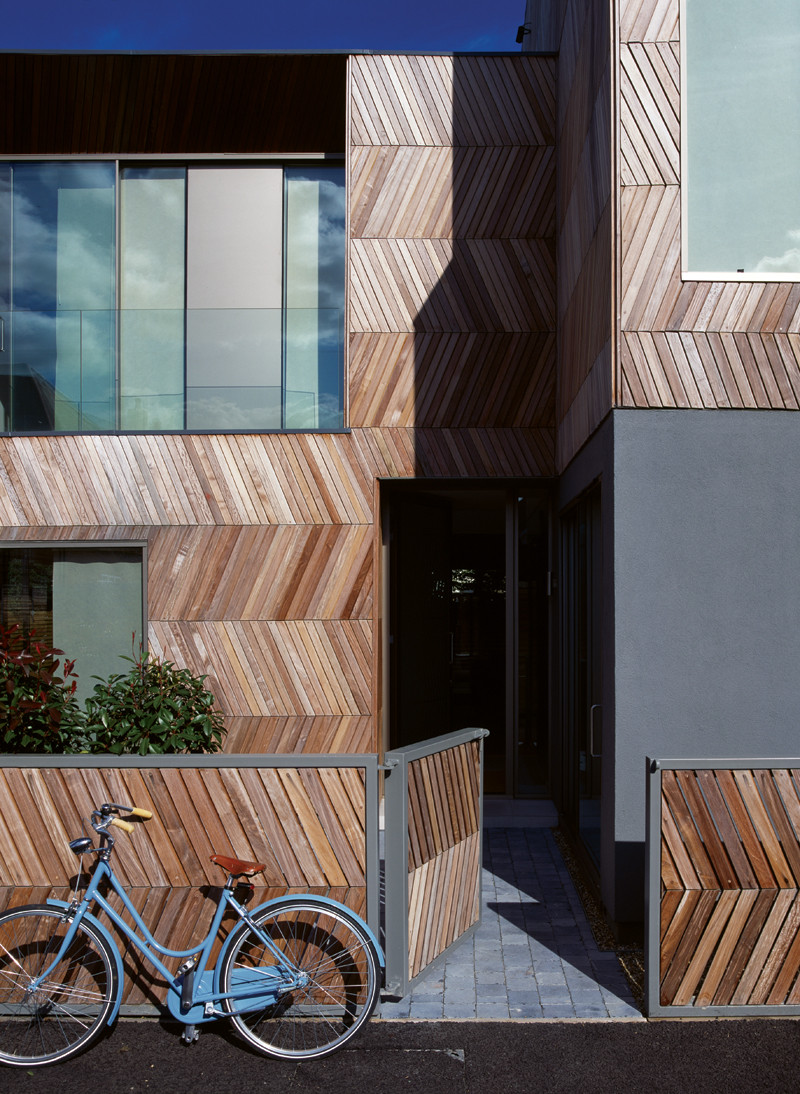
5. Stucco Multilayering
Stucco is a close cousin of fiber cement as far as composition is concerned. It is made up of water, sand, lime, and Portland cement. It has been around for centuries, but it wasn’t until the 1900s that homeowners discovered its superiority as an exterior cladding.
The material has a visually appealing finish and is known to be durable and hurricane-resistant. Stucco contractors typically apply this material in two layers. When used near the shoreline, however, 3-4 layers are advisable. These extra layers will help keep the material intact so that no water can seep through. Accordingly, this multi-layer application will cause the overall cost of the material to increase.
Conclusion
Coastal areas can be challenging when it comes to homebuilding. The environment imposes plenty of elements that quickly wear a siding out. That’s why you must consider the type of material and design when choosing an exterior. Although there’s no perfect solution, you could always make sure to have quality cladding installed to incur fewer repairs in the future. Finally, the key to a quality siding installation is reputable siding contractors. Do your research to land one that offers affordable installation without compromising the quality of the final product.



